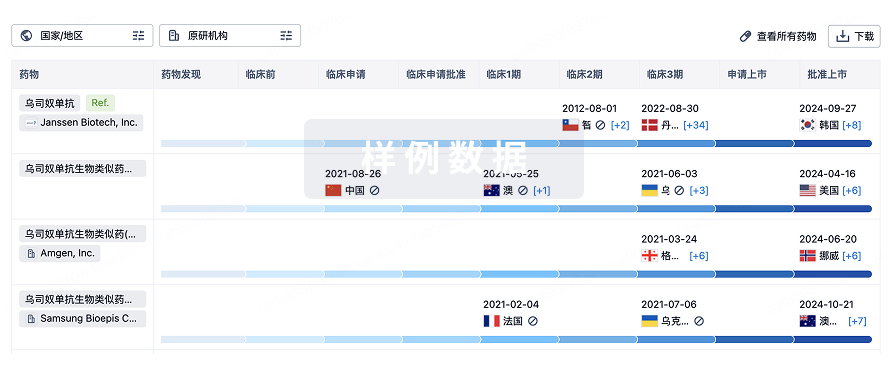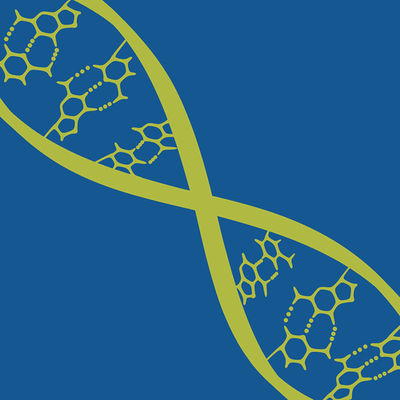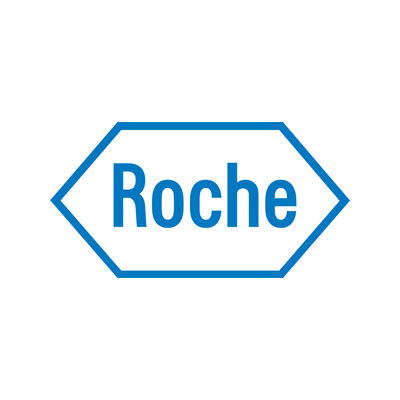TORONTO —
Three years after a disappointing clinical failure cast doubts on Roche’s future in Alzheimer’s disease, the company is going all in on a sequel program. And early data suggest it might be the most potent amyloid-clearing drug yet.
In a packed room at the Alzheimer’s Association International Conference in Toronto on Sunday, Roche
revealed
the latest cut of data from its closely-watched Phase 1/2 study of trontinemab, an amyloid-targeting antibody designed to latch onto receptors that yank it across the protective blood-brain barrier.
Unlike its failed predecessor gantenerumab, which only slowly and modestly reduced amyloid plaques over two years, trontinemab practically eliminated amyloid in just seven months. One patient died from a brain hemorrhage early in their treatment, causing Roche to tighten its criteria last year to exclude participants who are susceptible to the fatal side effect.
Aside from that fatality, trontinemab actually appeared to cause far less frequent and less severe cases of brain bleeding and swelling than Leqembi and Kisunla, the amyloid antibodies sold by Eisai/Biogen and Eli Lilly, respectively. (The study did not compare trontinemab against those therapies.) At the meeting, scientists say they are eager to see if the finding holds up in bigger studies.
“I could barely contain myself from jumping up and whooping,” Reisa Sperling, director of the Center for Alzheimer Research and Treatment at Brigham and Women’s Hospital, said during a panel following Roche’s presentation.
Roche’s new study doesn’t prove that removing amyloid helps patients, and the company cautioned that it was not big enough or long enough to do so. But a pair of 800-person studies that it plans to begin later this year may help answer that question.
Those Phase 3 studies, the design of which was outlined for the first time on Sunday, will test the drug in people with early Alzheimer’s for 18 months. Roche also announced its intention to test trontinemab in people with so-called “preclinical Alzheimer’s” who have amyloid buildup in the brain but are not yet showing signs of memory loss. The approach could more dramatically stall, and possibly prevent, the disease. Eisai and Lilly are conducting similar prevention studies with their drugs.
“We are excited about this program and the potential benefit that it might bring to patients with Alzheimer’s disease. That is very clear,” Luka Kulic, Roche’s global head of early development for neuroscience and rare diseases, told
Endpoints News
in an interview. “This commitment has never stopped, even after the setback.”
Trontinemab is a bispecific antibody that combines gantenerumab with a new molecule dubbed a Brainshuttle that binds to transferrin receptors along the border of the protective blood-brain barrier. Roche believes that getting more of the drug into the brain more quickly could help overcome gantenerumab’s prior failure.
“What we learned over the past couple of years is that it’s not just about targeting amyloid; it’s really about getting it substantially low,” Kulic said.
In new data from 54 patients who got the 3.6 mg/kg dose of trontinemab — the highest dose in the current study and the one Roche plans to use in its upcoming Phase 3 studies — 91% of patients became “amyloid negative” on brain scans within 28 weeks based on a common threshold of 24 centiloids, a PET measurement that represents minimal plaques in the brain.
In the upcoming Phase 3 studies, patients will get an infusion of trontinemab every four weeks for 24 weeks before switching to a “maintenance regimen,” during which they get the infusion every 12 weeks. Eisai’s drug, in contrast, is administered once or twice a month indefinitely. Lilly recommends that patients stop receiving its monthly drug after becoming amyloid negative on a PET scan. Roche hopes to avoid that requirement for additional PET scans.
Jessica Langbaum, senior director of research strategy at the Banner Alzheimer’s Institute, was encouraged by trontinemab’s dramatic and rapid amyloid reduction as well as the low rates of side effects like brain bleeding and swelling, which she said “could be tremendously helpful” for use as a preventative therapy.
“What’s most exciting was the energy in the room,” Langbaum told Endpoints. “The field was in despair. We have this hope now.”
It’s unclear if more powerful amyloid removal is safer or more dangerous. Lilly recently found that
ramping up the dose of its drug more slowly
lowered the risk of brain swelling, known as amyloid-related imaging abnormality with edema or effusion, or ARIA-E. Some scientists wondered if trontinemab’s rapid amyloid reduction would backfire.
“I was a little bit worried. I was thinking that if you do this very intensely, then perhaps you will get neurotoxicity,” Henrik Zetterberg, professor of neuroscience at Sweden’s University of Gothenburg who is involved in the trontinemab studies, told Endpoints. “And that didn’t happen. So I feel like this is looking good.”
ARIA-E occurred in 3.9% of patients who got the 1.8 mg/kg dose and 1.4% of patients who got the 3.6 mg/kg dose, compared to 13% of patients in Eisai’s registrational study and 14% of patients in Lilly’s recent study that adjusted dosing to lower ARIA-E.
Signs of brain bleeding, known as ARIA with hemosiderin or hemorrhage, or ARIA-H, occurred in 6.6% and 2.7% of patients on the lower and higher doses of trontinemab, respectively, compared with 17% of patients in Eisai’s registrational study and 20% of patients in Lilly’s recently updated dosing study.
It is unclear why both forms of ARIA were more prevalent in patients receiving the smaller of two doses of trontinemab. Kulic said the difference could be due to chance, given the relatively small size of the study. But he added that “it’s reassuring” that ARIA wasn’t more common in patients who received the higher dose.
The otherwise promising results were marred by the death of a 78-year-old woman who suffered a brain hemorrhage — a known risk of the drug class — six weeks into the study. An MRI scan during screening revealed that the woman had a spot of abnormal iron accumulation known as superficial siderosis that is indicative of prior bleeding and is a risk factor for ARIA.
Roche previously reported the death at an Alzheimer’s conference in 2024. Kulic said the death caused Roche to tighten its “relatively relaxed” criteria for the study and prevent people with superficial siderosis from getting the drug.














